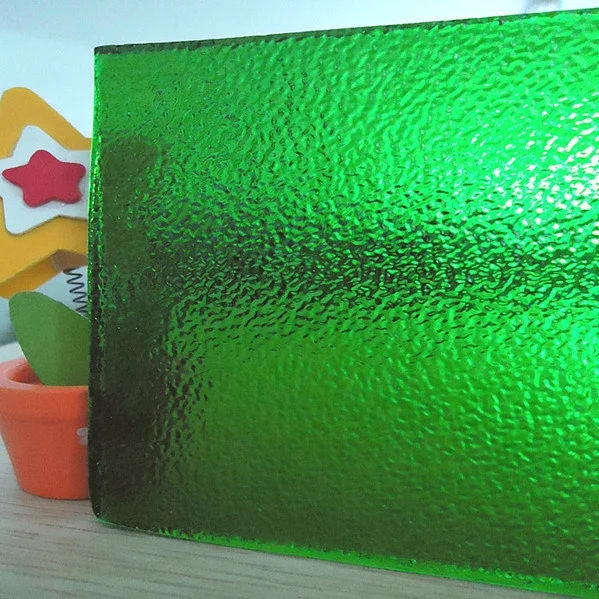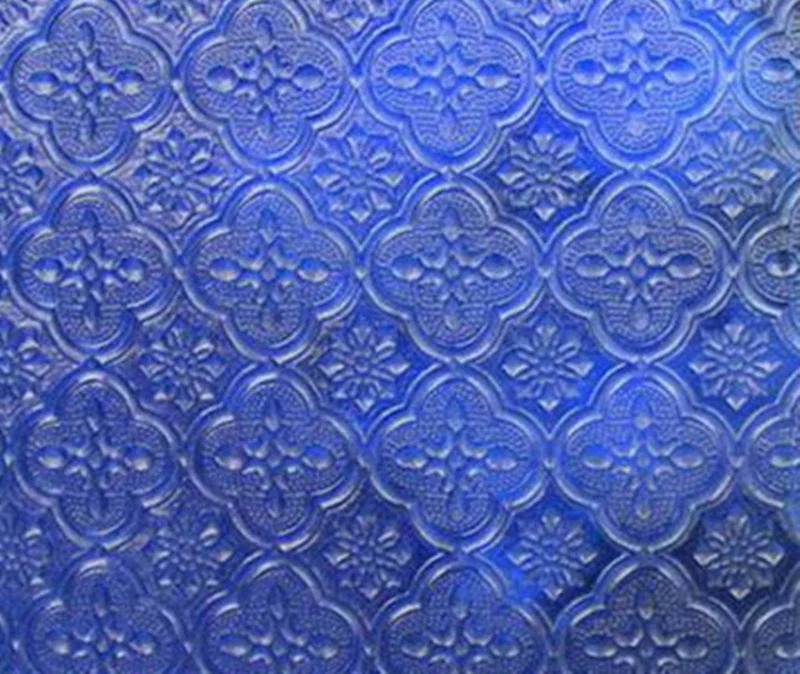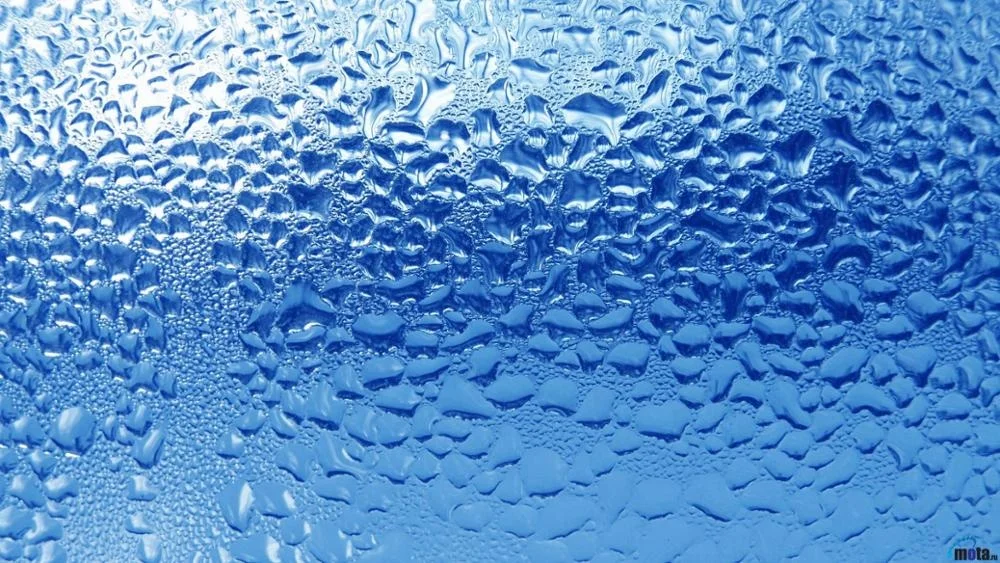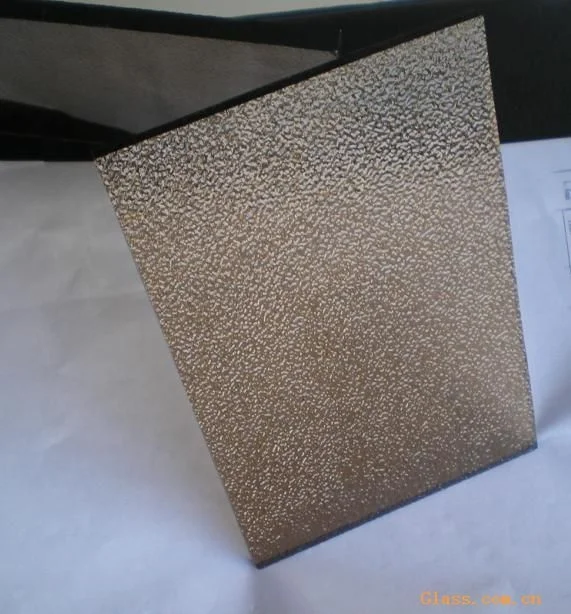


Qingdao Keddy Glass Co., Ltd. is an active, energetic, fast-responding, honest and responsible glass product supplier. The company is located in Qingdao, Shandong Province in the north of China, only 10 kilometers away from Qingdao Port, which is China's third largest port. Keddy Glass specializes in the production and sale of 3mm-25mm tempered glass, laminated glass, insulating glass, float glass, coated glass and other architectural glass; frosted glass, screen printing glass, painted glass, bathroom door glass and other decorative glass; aluminum mirror,silver mirror, copper-free mirror, antique mirror, embossing mirror, sheet aluminum mirror, hot bending mirror, dressing mirror, bathroom mirror, etc. Keddy Glass has a professional, efficient and experienced sales team to help you source the right products and solve the problems encountered in your procurement. Keddy Glass puts product quality and service first. With advanced production equipment and high-quality raw material suppliers, each piece of processed products is guaranteed to be the best.Qingdao Keddy Glass Co., Ltd. is an active, energetic, fast-responding, honest and responsible glass product supplier. The company is located in Qingdao, Shandong Province in the north of China, only 10 kilometers away from Qingdao Port, which is China's third largest port. Keddy Glass specializes in the production and sale of 3mm-25mm tempered glass, laminated glass, insulating glass, float glass, coated glass and other architectural glass; frosted glass, screen printing glass, painted glass, bathroom door glass and other decorative glass; aluminum mirror,silver mirror, copper-free mirror, antique mirror, embossing mirror, sheet aluminum mirror, hot bending mirror, dressing mirror, bathroom mirror, etc. Keddy Glass has a professional, efficient and experienced sales team to help you source the right products and solve the problems encountered in your procurement. Keddy Glass puts product quality and service first. With advanced production equipment and high-quality raw material suppliers, each piece of processed products is guaranteed to be the best.
Patterned glass is a kind of decorative translucent flat glass with embossed patterns on one or both
surfaces. With the special property of decoration, patterned glass can fully allow the light to pass thro
ugh and on the other hand, can limit or prevent clear view effectively.
Patterned glass has the characteristics of pervious to light and opaque on optics, can make the light
is downy, and have in private screen protection function and a certain decorative effect.
Product | Pattern glass/ Figured glass/ textured glass | ||||||
Sizes | 2000*1500mm,2134*1524mm, 2200*1900mm, 2440*1830mm, 2500*2000mm,2520* 1530mm, 2520*1860mm, 2520*1880mm, 2550*1880mm etc. The size can be customized according to your request. | ||||||
Thickness | 3mm, 4mm, 5mm, 5.5mm 6mm, 8mm, 10mm, 12mm etc. | ||||||
Color | Blue, Bronze, Clear, Green, Grey etc. | ||||||
Patterns | Karatachi, Nashiji, Diamond, Kasumi, Flora, Crystal, Hitchcross, Mistlite, Millennium, Moru, Pyramid, May Flower, Masterlit etc. | ||||||
Features | 1.Rich and colorful pattern designs provide unique decorative results: or obscure and quiet, or sparkling and lively, or serious and elegant, or bold and generous; 2.Stereoscopic effect patterned and never fade; 3.Each distinctive pattern offers a different level of obscuration,providing privacy without sacrificing natural light; 4.Can be cut, ground, drilled, tempered, laminated and other deep-processing glass products | ||||||
Application | 1.Furniture & show shelves. 2.Areas where visual screen is required, like bathrooms, doors and windows. 3.Decorative illuminations etc. | ||||||








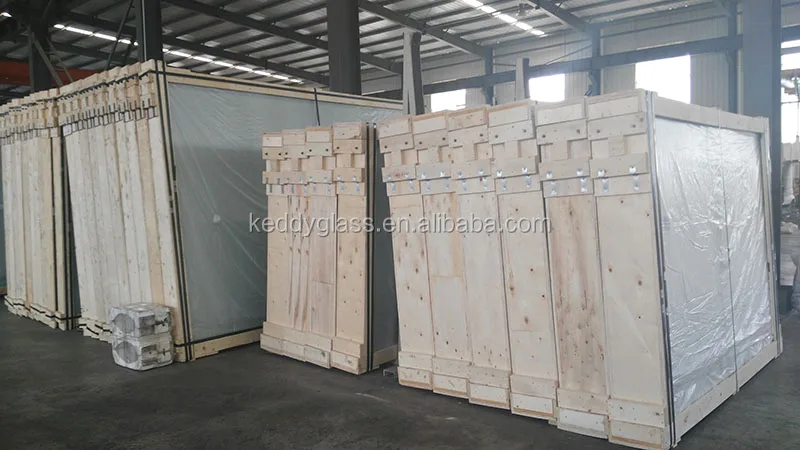
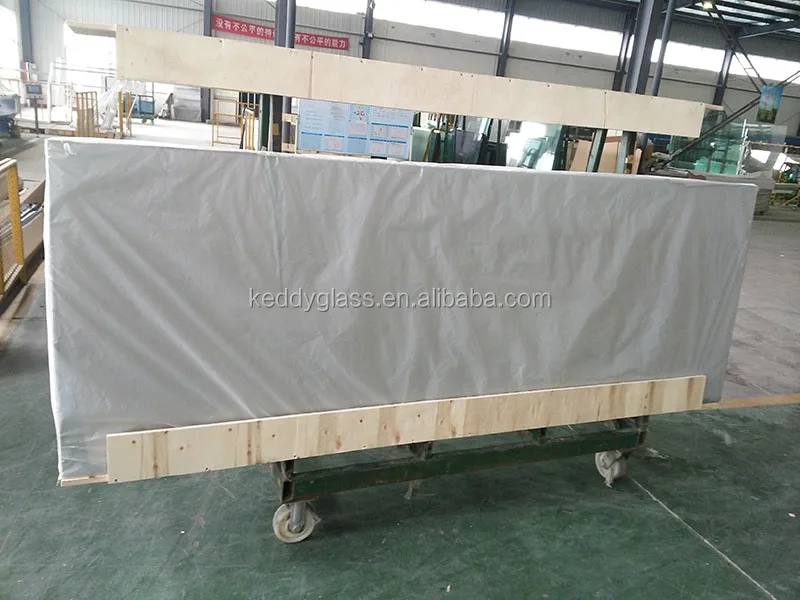
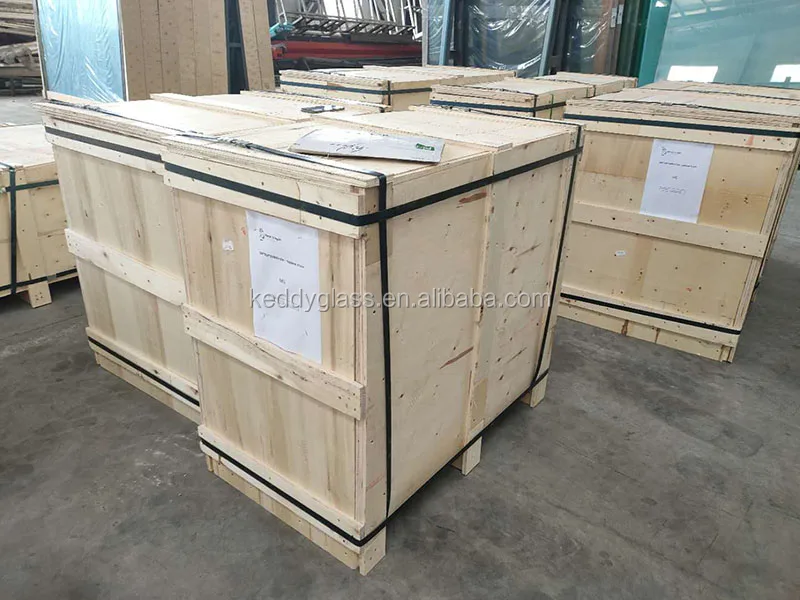



- 1.12 years experiences on toughened glass manufacturing and exporting.
2.We have strong technical support and production capacity.
3.Our factory close to the sea port, transportation is very convenience.,CAN DO DOOR TO DOOR
4.Professional sales team, offering personalized and dedicated services
5.Unique designed strong wooden cases and container fixed method can solve the problems of breakage.
6.Top quality toughened glass with CE, ISO9001,CCC,SGCC,ANSIZ97.1-2015,AS/NZS 2208 Certificate.
7.OEM is feasible, and welcome to visit our factory.
8.Favorable price and reasonable payment terms;
9.We can guarantee the delivery time.
- 1.12 years experiences on toughened glass manufacturing and exporting.

GB15763.3,Chinese standard.
EN12543,European standard
EN12600,European standard.
ANSI Z97.1,American standard.
AS/NZS 2208,Australian standard.
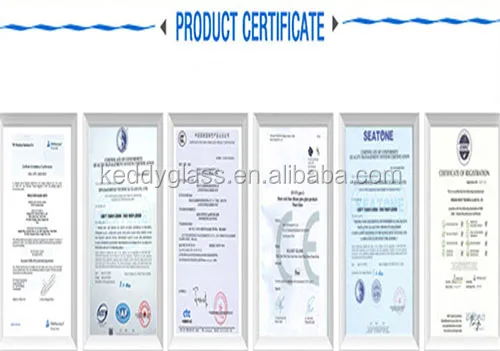
Q1: How to judge the quality of float glass?
A1: Flatness, transparency, colorless, impurities, bubbles, etc.
Q2: How to reduce the self-implosion?
A2: The high quality float method is used for hot dip treatment, edge treatment and proper stress intensity. Pay attention to avoid side collision of glass during installation.
Q3: Scope of use of toughened glass?
A3: Safety is not involved in some parts of the building, but it is necessary to install toughened glass to improve the compressive strength and explosion-proof capacity,not to endanger the person safety
Q4: When toughened glass is broken, is the grain smaller the better?
A4: No, the smaller the particle, the easier it is to explode.
Q5: Can toughened glass and semi-toughened glass be made into laminated glass?
A5: Can't. The national standard stipulates: the glass that stresses the difference cannot make laminated glass, because in use process, the pressure that two pieces of glass bears is different.
Q6: Whether the laminated glass can fire, can the sound insulation?
A6: No, the smaller the particle, the easier it is to explode.
Q7: How many uv low-e glass can reduce?
A7: It is not fireproof glass, but has certain fireproof ability, also can soundproof, laminated glass is inside whole sound wave frequency range, in control noise is very good.
Q8: Does the air in the insulating glass do not oxidize the membrane?
A8: No, because there is a molecular sieve in the insulating glass, and the molecular sieve always keeps the air dry, so the membrane is not oxidized.
Q9: How much ultraviolet radiation can low-e glass reduce?
A9: It can reduce uv by 14% compared to heat reflecting glass. That's a 25 percent reduction in uv radiation compared to white glass.
Q1: How to judge the quality of float glass?A1: Flatness, transparency, colorless, impurities, bubbles, etc.
Q2: How to reduce the self-implosion?
A2: The high quality float method is used for hot dip treatment, edge treatment and proper stress intensity. Pay attention to avoid side collision of glass during installation.
Q3: Scope of use of toughened glass?
A3: Safety is not involved in some parts of the building, but it is necessary to install toughened glass to improve the compressive strength and explosion-proof capacity,not to endanger the person safety
Q4: When toughened glass is broken, is the grain smaller the better?
A4: No, the smaller the particle, the easier it is to explode.
Q5: Can toughened glass and semi-toughened glass be made into laminated glass?
A5: Can't. The national standard stipulates: the glass that stresses the difference cannot make laminated glass, because in use process, the pressure that two pieces of glass bears is different.
Q6: Whether the laminated glass can fire, can the sound insulation?
A6: No, the smaller the particle, the easier it is to explode.
Q7: How many uv low-e glass can reduce?
A7: It is not fireproof glass, but has certain fireproof ability, also can soundproof, laminated glass is inside whole sound wave frequency range, in control noise is very good.
Q8: Does the air in the insulating glass do not oxidize the membrane?
A8: No, because there is a molecular sieve in the insulating glass, and the molecular sieve always keeps the air dry, so the membrane is not oxidized.
Q9: How much ultraviolet radiation can low-e glass reduce?
A9: It can reduce uv by 14% compared to heat reflecting glass. That's a 25 percent reduction in uv radiation compared to white glass.
We have more categories for you. lf you can't find the products you want above,just fill in the form and tell us whatproducts you want to import from China.




